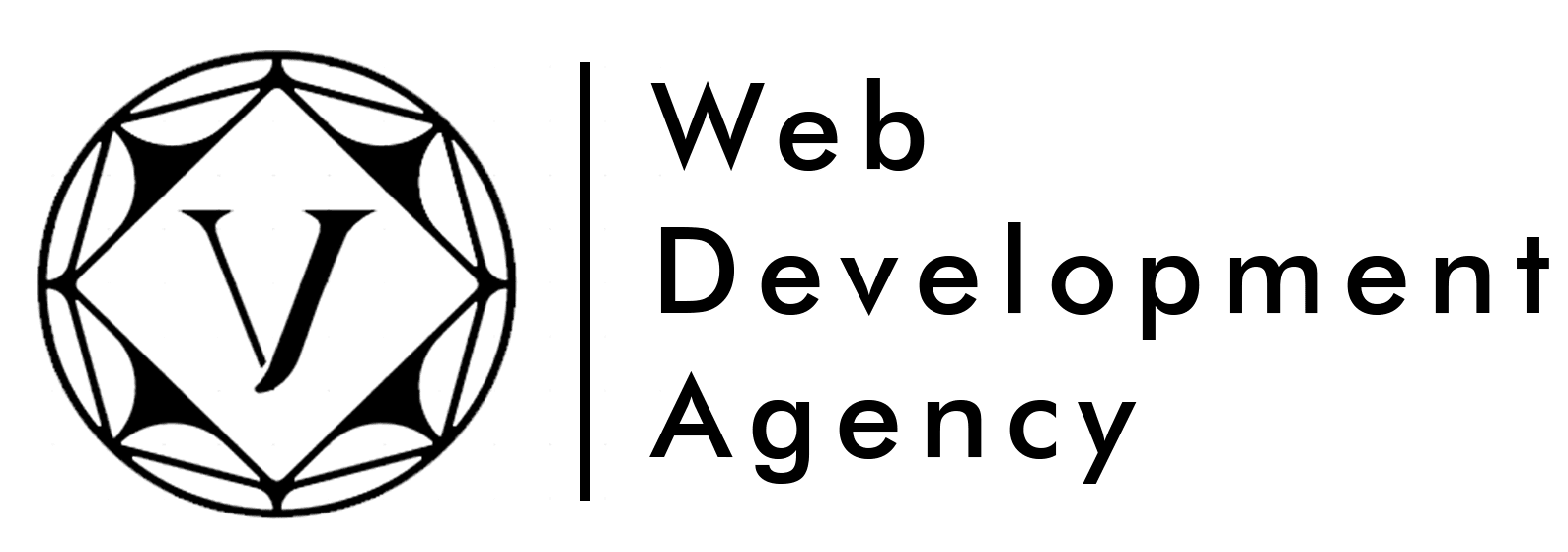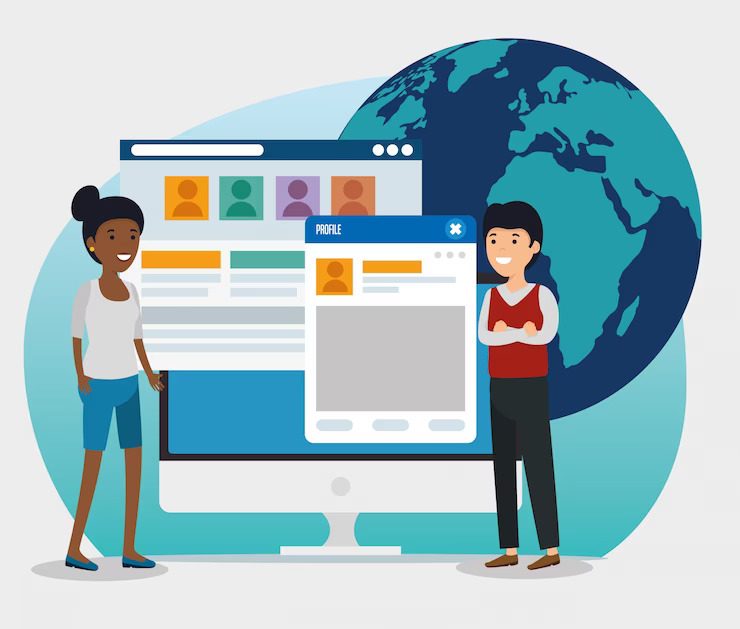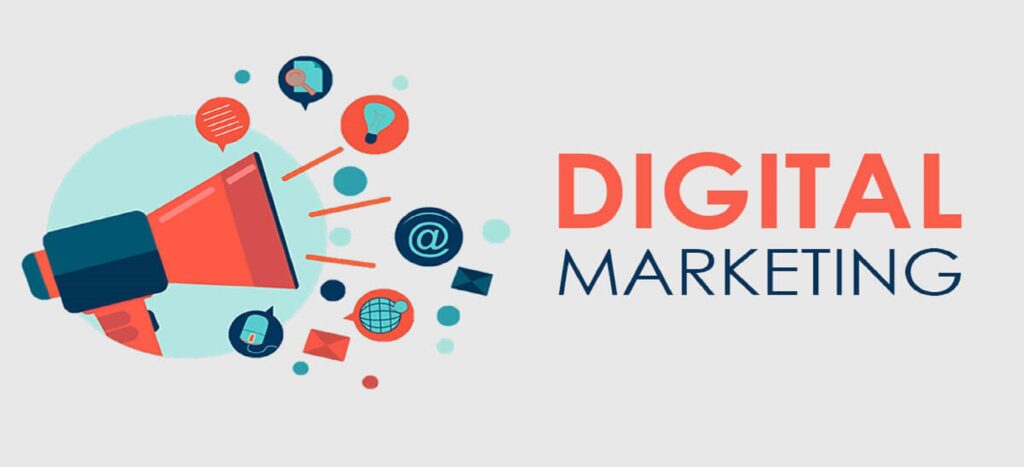Web accessibility is the practice of designing and developing websites and web applications to be inclusive and usable by all people, including those with disabilities or impairments. It ensures that individuals with diverse abilities can access, understand, and interact with web content, regardless of their physical or cognitive capabilities. Here are some key aspects to explore in the world of web accessibility:
- Why Web Accessibility Matters:
- Web accessibility is essential to provide equal access and opportunities for all users, regardless of disabilities.
- It helps comply with legal requirements, such as the Web Content Accessibility Guidelines (WCAG) in many countries.
- Accessible websites can reach a broader audience, including users with disabilities, elderly individuals, and users on mobile devices.
- Web Content Accessibility Guidelines (WCAG):
- WCAG, developed by the Web Accessibility Initiative (WAI) of the World Wide Web Consortium (W3C), provides guidelines and success criteria to make web content more accessible.
- It includes three levels of conformance: A (minimum), AA (recommended), and AAA (highest).
- Designing for Different Disabilities:
- Visual Impairments: Ensure content is perceivable with screen readers and includes appropriate contrast and resizable text.
- Hearing Impairments: Provide captions or transcripts for multimedia content.
- Motor Impairments: Design with keyboard navigation in mind, allowing users to access all features without a mouse.
- Cognitive Impairments: Use clear and simple language, avoid distractions, and provide consistent navigation.
- Semantic HTML and ARIA:
- Use semantic HTML elements (e.g.,
<nav>,<main>,<button>) to provide structure and meaning to the content. - Utilize ARIA (Accessible Rich Internet Applications) attributes to enhance accessibility for dynamic elements, such as menus, sliders, and modal dialogs.
- Use semantic HTML elements (e.g.,
- Keyboard Accessibility:
- Ensure all interactive elements, including menus, links, and form controls, are fully operable using only the keyboard.
- Provide focus indicators to highlight the focused element for keyboard users.
- Alternative Text for Images:
- Include descriptive alternative text (alt text) for images, providing context for users who cannot see them, such as screen reader users.
- Audio and Video Accessibility:
- Provide captions, transcripts, and audio descriptions for multimedia content to make it accessible to users with hearing or visual impairments.
- Form Accessibility:
- Use clear labels and placeholders for form elements, making it easy for users to understand the purpose of each field.
- Provide appropriate error messages and help text to guide users during form submission.
- Testing and Evaluation:
- Regularly test your website using automated tools, such as Lighthouse, and manual testing with assistive technologies like screen readers.
- Involve users with disabilities in usability testing to get valuable feedback and identify accessibility barriers.
- Continuous Improvement:
- Web accessibility is an ongoing process. Continuously monitor, evaluate, and improve your website’s accessibility to ensure it remains inclusive.
Remember that web accessibility is not just a legal requirement; it is a moral and ethical responsibility. By designing for all users, we create a more inclusive and diverse online environment, promoting equal access and opportunities for everyone on the web.





